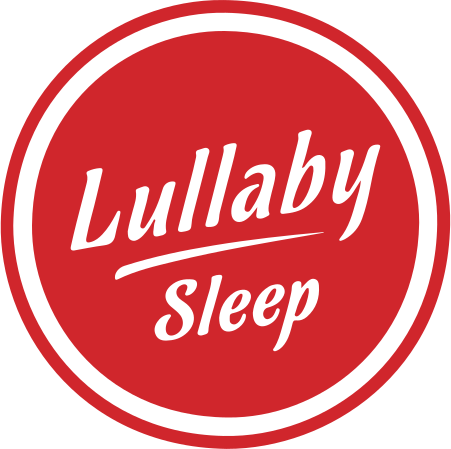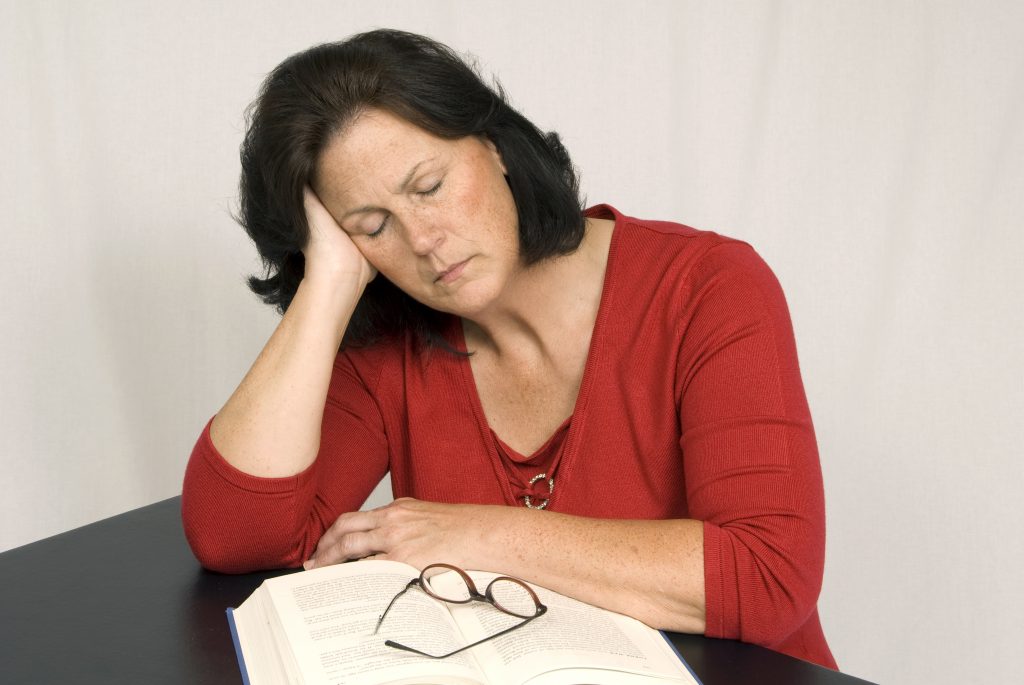Obstructive sleep apnea (OSA) treatment recommendations are typically based on the Apnea-Hypopnea Index (AHI) severity as well
as the degree to which the clinician believes the patient will benefit from the therapy. For example, continuous positive airway pressure
(CPAP) resolves OSA if the pressure and mask are properly selected and the patient uses it. Non-CPAP therapies, which are typically
recommended for patients with mild or moderate OSA or those who do not or cannot use CPAP, generally, provide a less efficacious and a
more variable therapeutic response.
For patients with positional OSA (POSA), new-generation positional therapy (PT) devices (ie, vibrotactile feedback to the neck or chest) have potential, based on efficacy and improved compliance, compared to the traditional positional restraints (ie, using tennis balls) when used alone or potentially in combination with oral appliance therapy.
The proportion of patients with OSA who might benefit from PT is estimated to range from 56% to 75% depending on the severity of supine and nonsupine (NS) sleep-disordered breathing (SDB) and time spent in the supine position as well as age, ethnicity, the definition used to score hypopneas, and the criteria used to characterize
POSA.
Read more…
Download Comparison of POSA Criteria
Learn the systematic comparison of methods that characterize positional OSA treatment in an effort to improve the identification of those who would likely benefit from PT. For more info, contact us at 1300375384.
.

